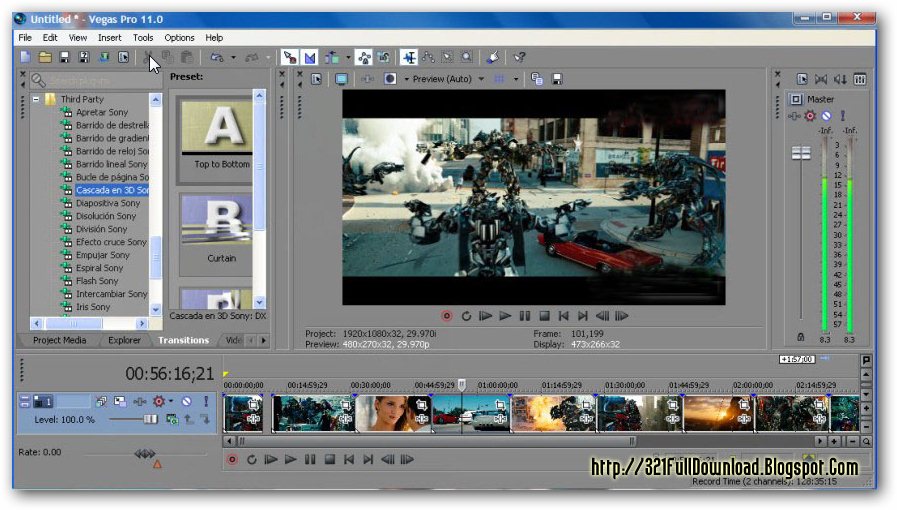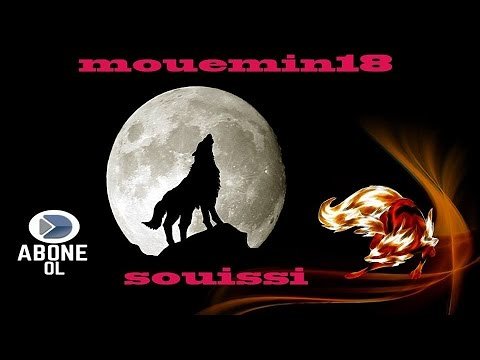

From setting up the DSLR, to taking the photos, and then on to post production where we'll process the RAW images, stabilize them, and remove any flicker. Through the whole series we'll be going through the entire process of how I should time lapse. Time lapse is an amazing form of photography/videography and I'm looking forward to sharing what I've learned over the years. It's available for many host applications: After Effects, Premiere, Final Cut, Avid, Sony Vegas, Resolve, Nuke, and more. I use Digital Anarchy's Flicker Free plug-in to easily deal with this problem. So if adjusting the Time Radius and Type doesn't solve your issues, try turning this off. However with some footage and in can cause problems. Set between 5 and 20 for best results.ĭetect Motion:Flicker Free will analyze the footage and try to account for fast moving elements in the scene. Threshold:Only the Slow/Regular Motion - Alternate algorithm uses this parameter. However, it can result in more artifacts. The Slow/Regular Motion algorithms are more appropriate for high frame rate video and footage shot at the normal 24/30 fps.Īll Channels:This can produce much better deflickering as each channel is processed independantly. Time Lapse is appropriate for footage shot over long intervals. Type: The three different algorithms available in Flicker Free. The higher the value, the better it'll remove flicker, but the longer the render times. Time Radius: Determines the number of frames over time that Flicker Free is looking at.




 0 kommentar(er)
0 kommentar(er)
